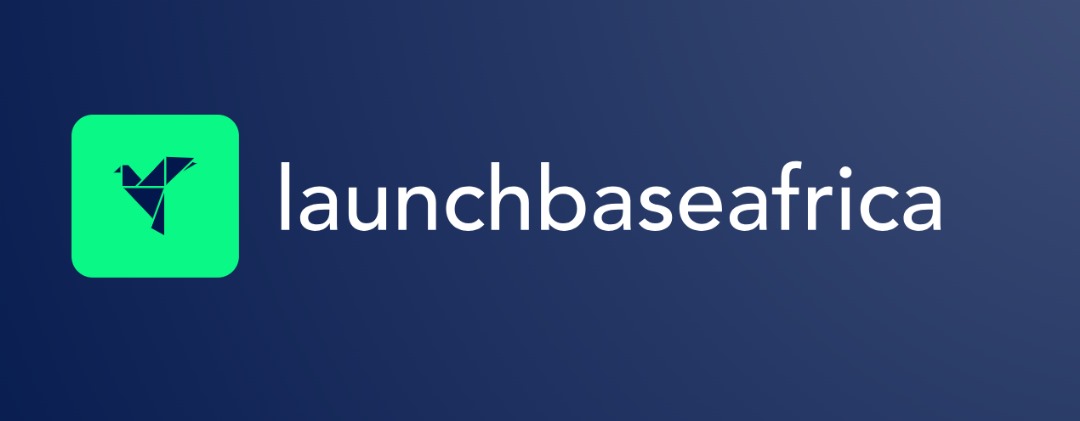Airtel Africa’s mobile money arm is now processing transactions at an annualised rate of $193 billion, a figure so large that the company has confirmed it is “on course” for a public listing in the first half of 2026.
The plan, confirmed by CEO Sunil Taldar alongside H1 2025 results, isn’t an isolated move. It’s a clear signal of a seismic shift in African tech, where telecom giants are strategically carving out their high-growth fintech divisions to unlock their full value.
This trend is set to create a new class of large-cap, publicly traded fintech companies, fundamentally reshaping the continent’s investment landscape.
The Airtel Engine
Airtel Africa’s half-year results, ending September 30, 2025, show a company whose growth is now overwhelmingly driven by digital services. While group revenue grew a strong 24.5% to $2.9 billion, the fintech division was the star performer.
Key metrics for Airtel Money include:
- Revenue Growth: +30.2% in constant currency.
- Customer Base: Accelerated 20% year-on-year to reach 49.8 million users.
- Total Processed Value (TPV): The total value of transactions surged 35.9% to an annualised rate of $193 billion.
- Engagement: Average Revenue Per User (ARPU) in the mobile money segment climbed 11%.
“Airtel Money continues to gain momentum,” said Taldar. “The preparation for the IPO remains on course.”
This fintech boom is built on the success of Airtel’s core data business. For the first time, data revenue has surpassed voice revenue as the group’s largest contributor. The company’s data customer base grew 18.4% to 78.1 million, supported by smartphone penetration rising to 46.8%.
This crossover is symbolic: Airtel is no longer just a phone company. It is a digital infrastructure provider, and Airtel Money is the most valuable service running on its rails.
A Continent-Wide Strategy: Enter MTN
Airtel is not acting in a vacuum. Its main rival, Johannesburg-based MTN Group, reported a strikingly similar story for its own H1 2025 results.
MTN’s fintech revenue surged by 37.3%, outpacing every other segment, including its robust data revenue growth (36.5%).
But MTN’s story highlights the maturity of this model. The company is successfully moving its 63.2 million MoMo users beyond simple transfers into more lucrative financial products. Revenue from “advanced” services — like lending, insurance, and merchant payments — grew by 42% and now accounts for a full one-third (33.4%) of its total MoMo revenue.
This is the end goal: transforming a transfer app into a full-service digital bank.
Like Airtel, MTN is deep into its own separation strategy to unlock the value of its fintech arm, currently valued at approximately $5.2 billion.
- External Investment: Payments giant Mastercard has since been lined up for a minority stake, a deal validating the unit’s standalone potential.
- Market-by-Market Spinoffs: MTN is methodically spinning off its MoMo business into new, separate financial companies in key markets like Ghana and Uganda, partly to comply with new national payment system regulations. While progress in its largest market, Nigeria, is slower, the strategic direction is identical.
The bottom line
The H1 2025 results from Africa’s two largest telcos are not just strong earnings reports; they are a starting gun.
The planned 2026 listing of Airtel Money, in particular, will be a watershed moment. It will test the public market’s appetite for a nine-figure-TPV African fintech giant and likely set valuation benchmarks for the entire ecosystem, from early-stage startups to other incumbents.
The telcos have a formidable, perhaps unassailable, advantage: they own the infrastructure (the data network) and the most popular service running on it (mobile money). Airtel’s plan to increase its capital expenditure to nearly $900 million shows it is investing heavily to protect this dual dominance.
For Africa’s tech scene, the message is clear: the incumbents have awakened. The next wave of major tech IPOs may not come from venture-backed startups, but from the $100-billion-plus fintech machines being unlocked from within the continent’s own telecom giants.


